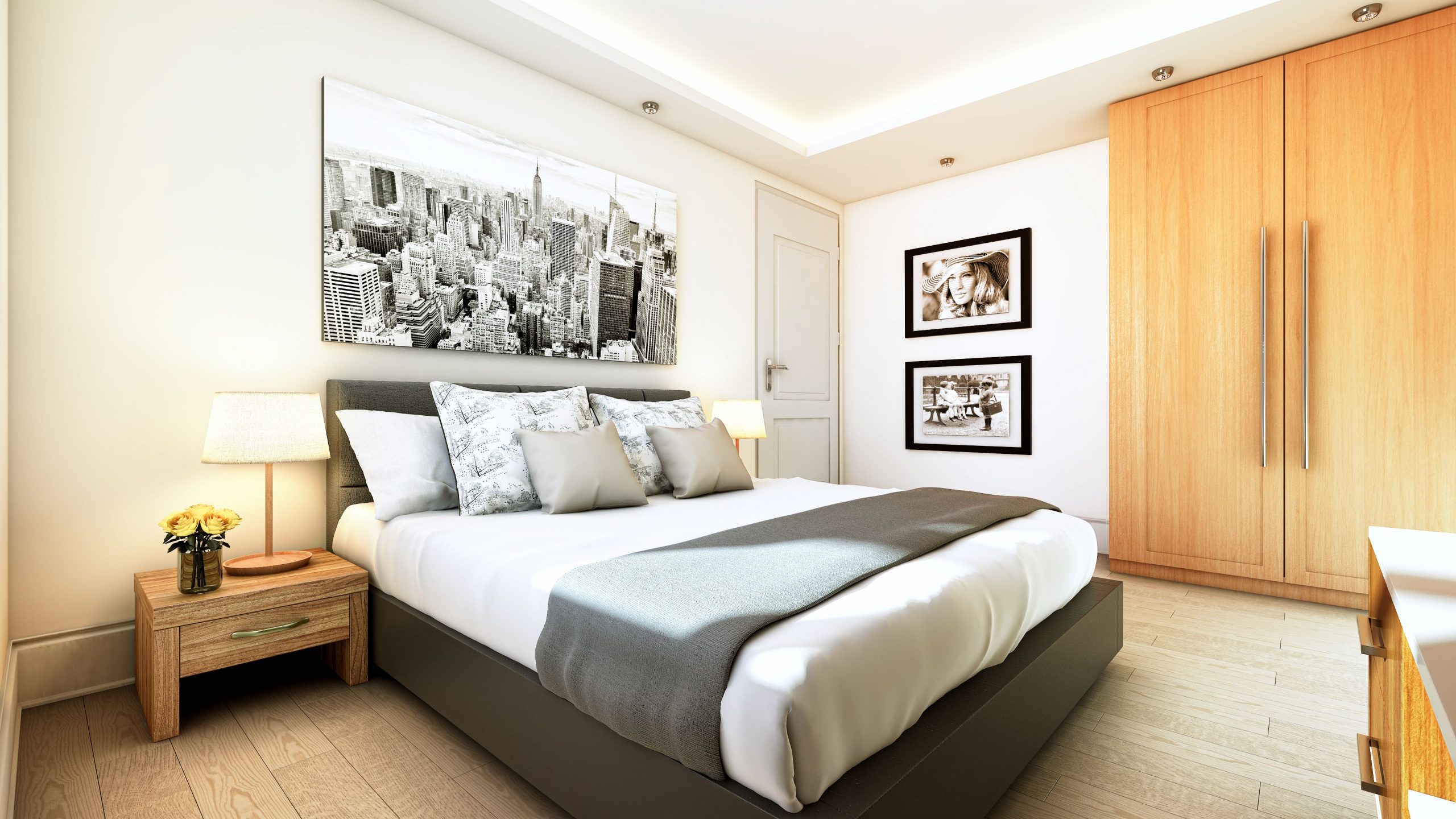
Accentuating Spaces with Minimalist Design
Open, uncluttered, and expressed in its simplest, most essential form, minimalist design promises beauty that is both deliberate and purposive without much ornament. Its practical approach creates a warm and inviting space, its aesthetic relaxes and soothes the mind, both of which make for a home design that will never go out of style.
So, how do you adopt this design for your space?
Introduction to Minimalism
Minimalism is an approach that centers around expressing only the most essential features of a product or subject, doing away with any excess or unnecessary elements. It’s considering the true nature or purpose of a space, and bringing that to the forefront of the design.
The approach was born out of the modern design movement, and while heavily associated with modern and contemporary interiors, minimalism can easily branch out and be applied to spaces that are more classic or traditional in design. What’s important is that the space feels clean and open with the right balance of accessories and colors.
Keeping your space simple and uncluttered opens it up to more light, gives the now unobstructed views a more prominent role in the space, and allows the architectural features of the home to really shine.
Benefits of the Minimalist Design
Minimalist design sets the stage for better quality living, as it enables those living in the space to focus on what’s important. And while great for the soul, the approach also goes hand in hand with functionality, which gives birth to more practical benefits.
Minimalism is great for making small spaces appear larger. A clean and orderly space with only essential furniture does wonders in opening it up. Getting rid of unnecessary knick-knacks, trinkets, and fluff creates more floor space, volume, and unobstructed views outside the unit. And with a simple mirror, you can take your added space and practically double it.
The philosophy of the approach is “less is more”, so with that comes less spending. Being purposeful with your choices for a certain space will save you on decorations and additional furniture.
Minimalist practices focus on practicality and functionality, and will save you time and effort of completely revamping your home later on. This is a design you can really settle with.
That said, minimalism does leave room for creativity and for those living in the space to be flexible with their decor and layout choices. Because it retains a neutral, subtle, and simple aesthetic, selecting minimalist home design pieces to add on or replace old ones with, becomes much easier compared to other styles that may be trickier to mix and match with. The open space also allows for easier reconfiguration of furniture.
While minimalism is mostly used for smaller spaces, the design approach is ideal for larger spaces like units at The Vantage at Kapitolyo. With expansive units, practical and purposive design, and inspiring views of the nearby central business district to add life, units at The Vantage allow residents to truly maximize all the benefits of a minimalist design.
Minimalism Through Decluttering
A great way to start incorporating minimalism into your home is by decluttering. This practice is simple, easy, and has immediate and positive effects on how a space feels.
First, you’ll have to identify which items are actually essential.
Once you’ve shortlisted your extra accessories, find a proper place in which they can be put away. Invest in simple storage solutions like tables and ottomans with storage. If need be, invest in cabinetry. The key takeaway is to have designated places for all your loose things to be out of sight.
Finally, create a habit of routinely checking rooms and common areas to ensure that no unnecessary items start piling up on your tabletops, couches, or any surface. And just for good measure, make it a point to throw away what you would consider trash immediately (envelopes of bills, packaging, etc.)
Another aspect of decluttering is reconfiguring furniture or doing away with barriers, so you can maximize the space. Literal dividers or consoles placed in the center of a room can reduce its length drastically.
While minimalist design can be applied to any layout, open floor plans are ideal. Many of the units at The Vantage at Kapitolyo, for instance, are open and spacious, giving residents the flexibility to add, reduce, and reconfigure furniture to explore their minimalism options.
Right Materials and Colors for Minimalist Look
Colors and textures you utilize in a space can greatly affect your mood. Blues can calm, while warmer and more vibrant tones like red and yellow can induce warmth, but also hostility.
When considering your color palette for a minimalist look, remember that “less is more”. Neutral or lighter colors are good for capturing the minimalist aesthetic, as these don’t lean too much in any direction. Think whites, blacks, creams, and greys.
Textures add warmth, depth, and richness to your space. Even within the same family of colors, throw pillows, knit blankets, and rugs can create contrast in a neutral space. Your core range of color hues will set the tone, while your furs, hides, and textured textiles create interest.
A good tip when filling a space with minimalist furnishings is to ask yourself if the space is overly stimulating. Once you’ve decided that your space is functional and aesthetically pleasing without being heavy-handed, do you really need to continue?
All in all, the minimalist design is a great way to bring about beauty from simplicity. Start anew and create the minimalist condo unit of your dreams at The Vantage at Kapitolyo, Pasig City. Inquire today!



